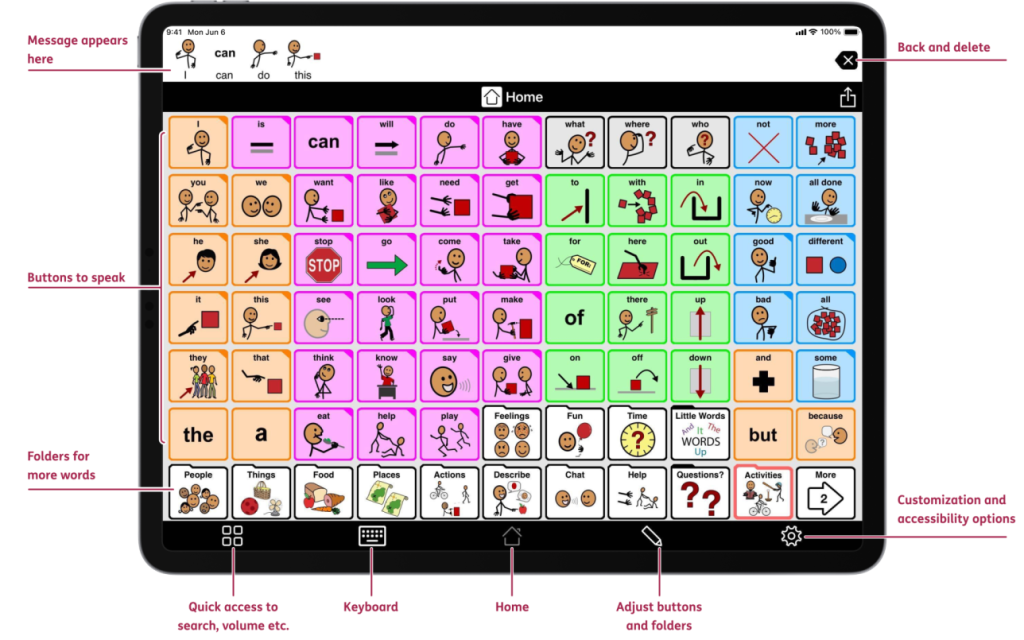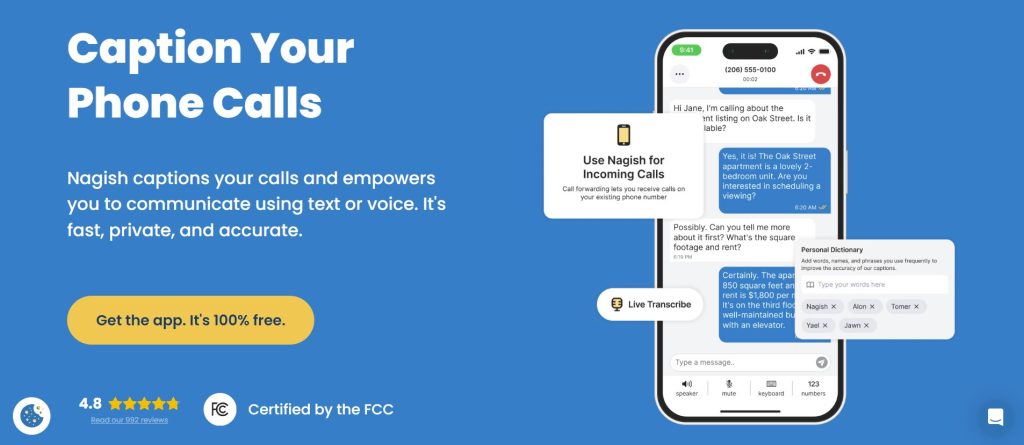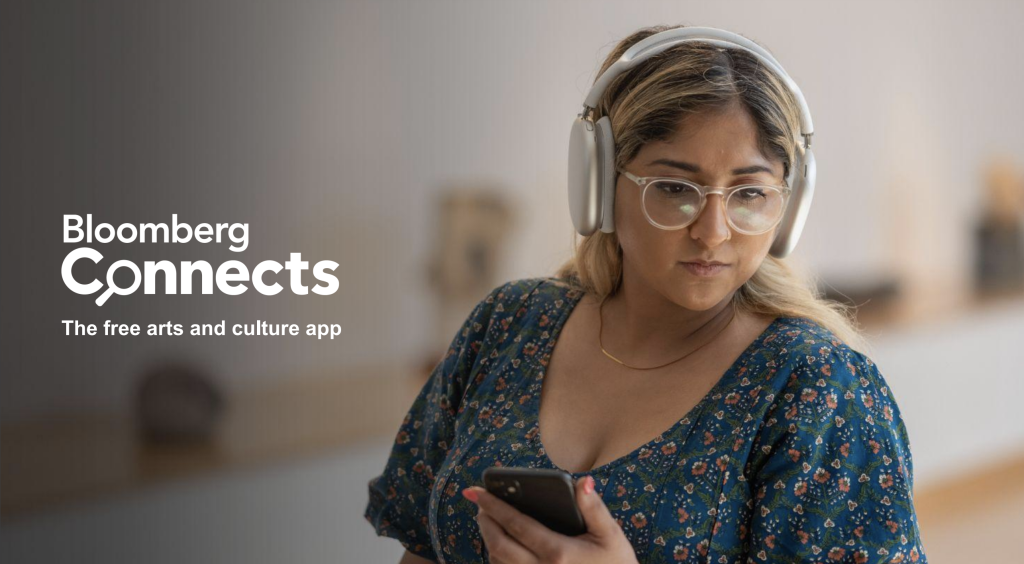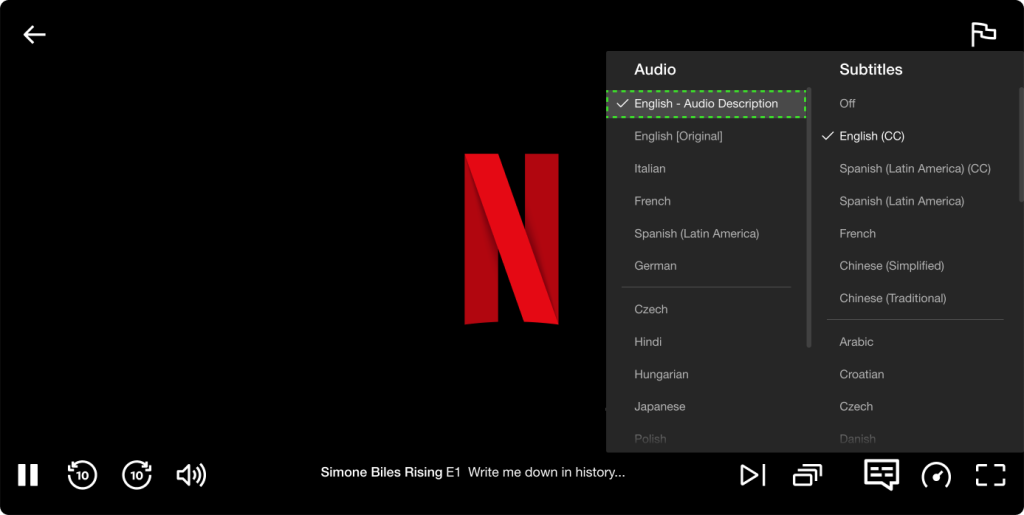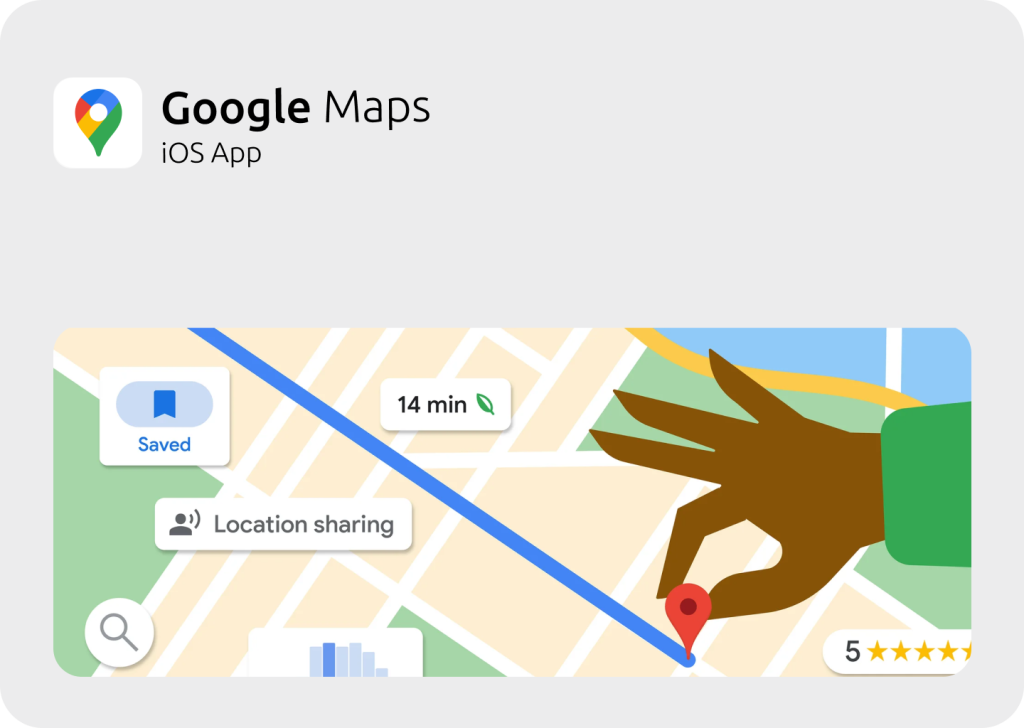Assistive Technology: Proloquo2go (iOS)
Proloquo2Go is an augmentative and alternative communication (AAC) digital technology designed to assist people who cannot speak, such as those with aphasia or autism, to communicate with others. By tapping on symbols and constructing sentences, users can have their thoughts voiced aloud. This technology provides individuals with speech impairments a means to express themselves, reduces […]
Assistive Technology: Proloquo2go (iOS) Read More »
